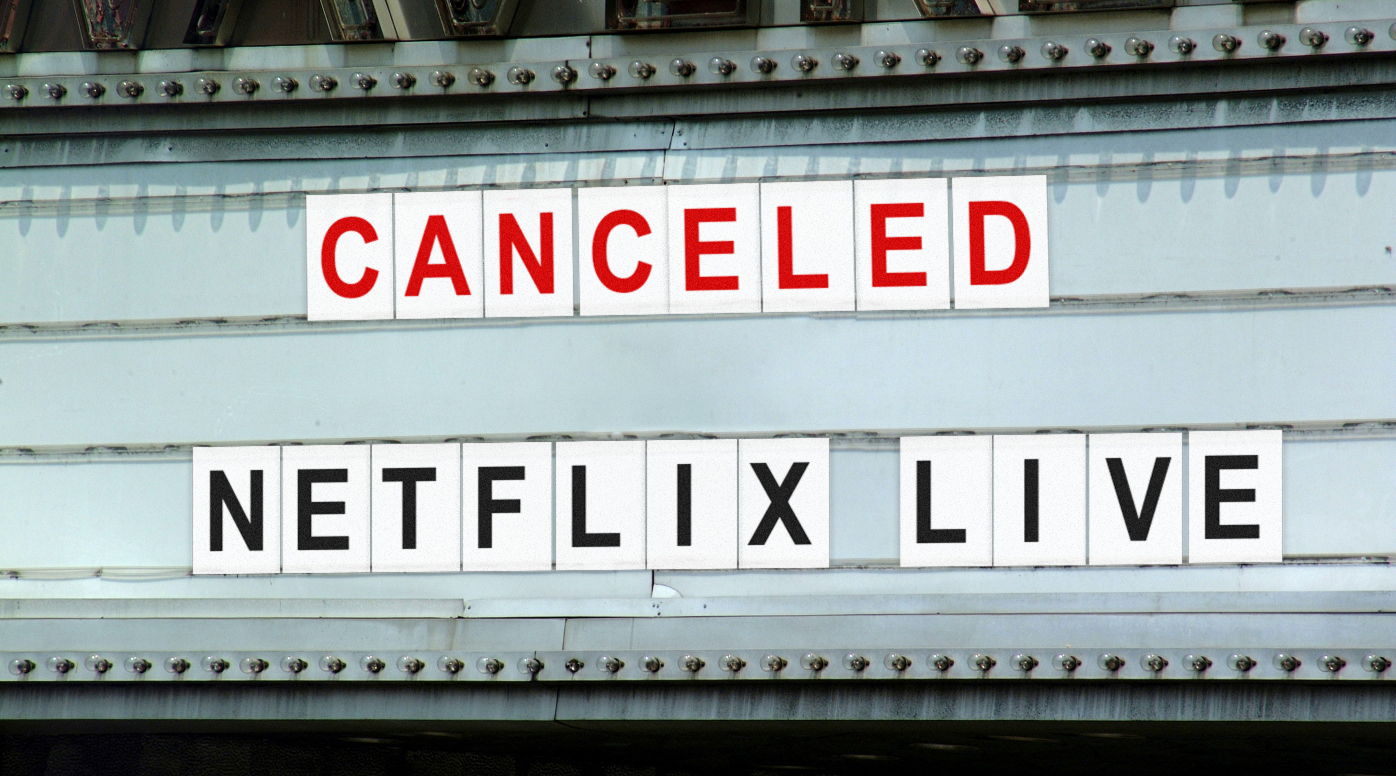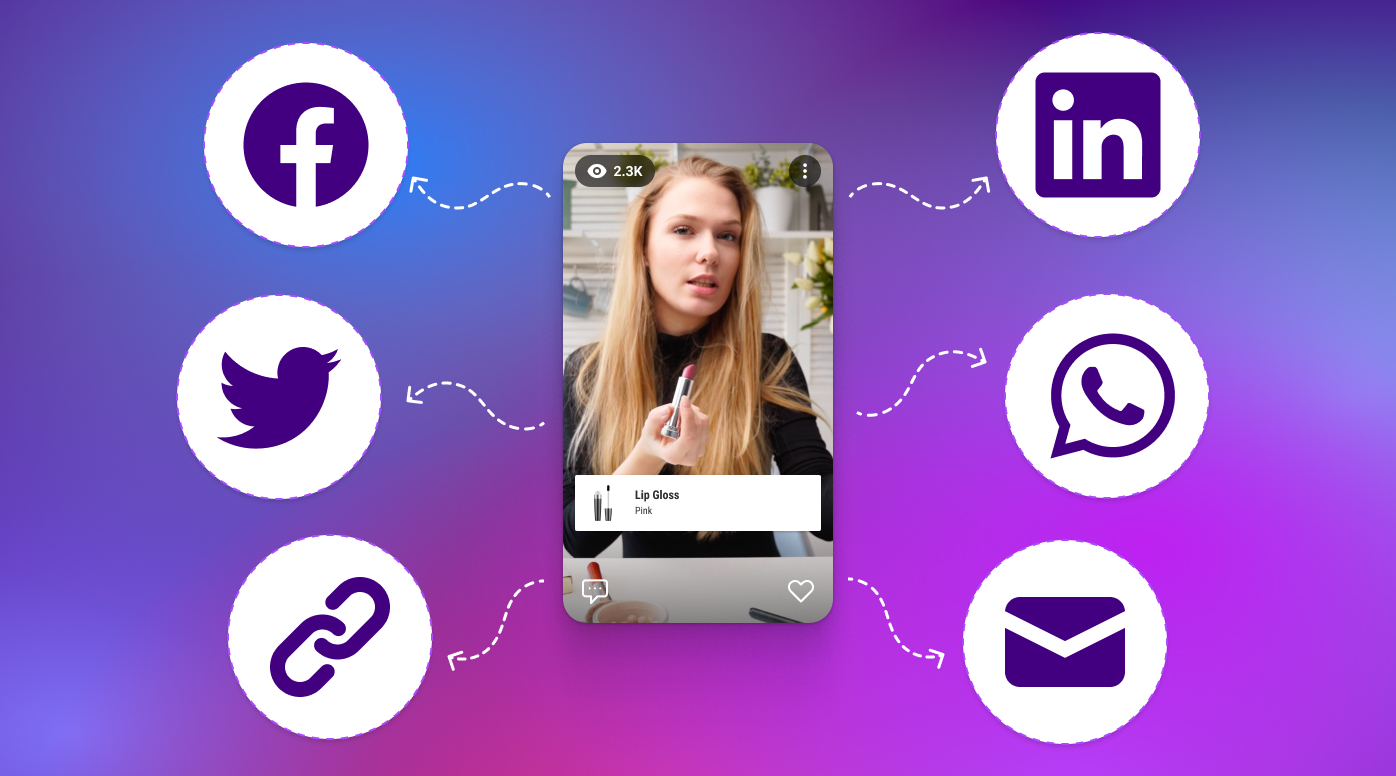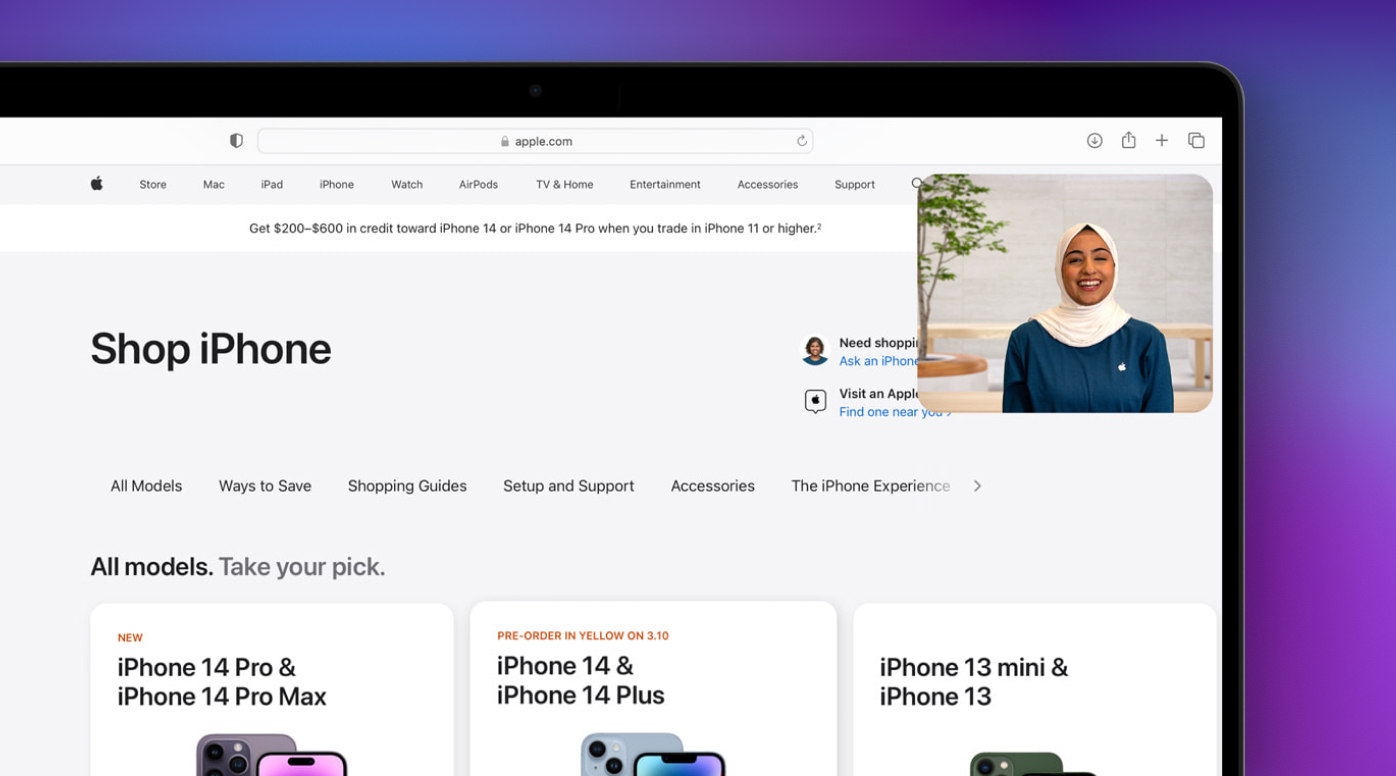Does live shopping work for ecommerce? Yes it does. It just doesn’t work on social media platforms like Facebook, Instagram, and TikTok. It works on your website.
EK Creative just published a comprehensive case study about a live event they produced for a client in partnership with TikTok, and we had to throw in our two cents because we think this report proves our thesis:
Live shopping events drive sales on a brand’s website, not on social networks.
The Post
If you just read the headline and the bolded points, this event crushes it. They were challenged by TikTok to host a live event that made $100,000 on one live shopping event and they succeeded. They reached $103,000. Other statistics that make the event look successful include:
- 2.8M total viewers
- 4M products added to cart
- 7,800 new followers
All of that looks amazing. However, here are numbers and details that stood out to me and my team at Reactive:
- Unparalleled support from TikTok. Because this event began as a challenge made by TikTok’s internal team, this event had resources allocated from TikTok that virtually no other company would receive without having a significant media spend on TikTok ads. For this live shopping event, TikTok not only ran paid events on behalf of this brand, they also covered the cost of discounted promotions for the ecommerce company so they wouldn’t lose their margin on sales. As the company running a live event on its own social network, TikTok still could not make this event financially successful for the ecommerce business. TikTok couldn’t help TikTok drive meaningful social commerce revenue.
- Conversion rate of basically 0%. 1.3K buyers from 2.8M viewers is a conversion rate of 0.00046%. An average ecommerce store converts between 1 - 4%. A merchant with a 2.5% conversion rate would have converted into 70x (70,000 buyers) on their ecommerce website.
- Millions in missed revenue. The event attracted months or years worth of traffic for this emerging brand. Given the event’s $60 average order value and an ecommerce average 2.5% conversion rate, for 2.8M customers worth of traffic they would have made $4.2M on their website. Without a doubt, choosing TikTok as their platform cost them money.
- 9 hours of hard work. In order to convert 1.3K viewers, they had to stream a live event from their office for 9 hours. This isn’t 9 hours of watching gaming, but 9 hours of watching hosts package products and ask you to buy exclusive deals.
- 5% given to Tiktok for valueless traffic. TikTok takes 5% from merchants using TikTok Shop under the guise that they get you customers you wouldn't otherwise attract. That 5% cost does not exist if the client sold this volume on their website.
- 25% lower than industry standard session duration. Shouldn’t this have been way more engaging than an ecommerce website? The event had an average viewing duration of 22 seconds. Over 2 million viewers opted into the live stream, and they left in less than 30 seconds. That’s 25% less than an average ecommerce store’s bounce rate at 30 seconds.
At the end of the day, this case study proves two items to be true. The first is that social, especially paid social, is an effective way to drive brand awareness and increase public validation on social networks like TikTok. EK Creative showed that they are effective paid marketers and drove significant traffic to their live event.
The other item this case study proves to be true is social commerce is a myth, even in a new medium like live shopping. Users do not come on TikTok, Instagram or Facebook to make purchases. They come for entertainment and information. A brand’s website is designed to sell products at volume.
For this client, if they had done everything the same, from pre-show marketing campaigns to their customer lists via email and SMS, spent targeted ad dollars on Facebook and TikTok ads to get on TikTok’s For You Page, and used Reactive to run a single one-hour show that would play on loop for 24 hours, their success would have been much higher.
They spend so much time and money optimizing their website to drive sales yet because of the distribution power of social networks, they think those platforms will sell their products better than their website. If you take this case study and move the live shopping event to the client’s ecommerce store using software like Reactive, they would not have made $102,455. They would have made $1,730,400 (2.8M viewers * 2.5% conversion rate * $24.72 AOV). And they would not have had to pay TikTok their 5%, which would have equaled $34,608.
Live shopping, as a channel, is for sales conversion, not driving traffic. This case study shows that live shopping on TikTok drives traffic. Unfortunately, low-intent traffic does not cover the costs of running a successful ecommerce store.
If you are interested in bringing a live selling experience to your website, check out Reactive. Start your free trial now, or contact sales@reactive.live to request a live demo.


